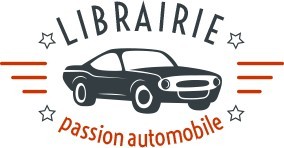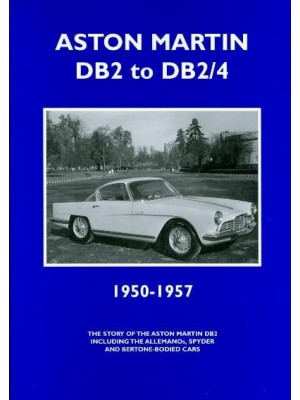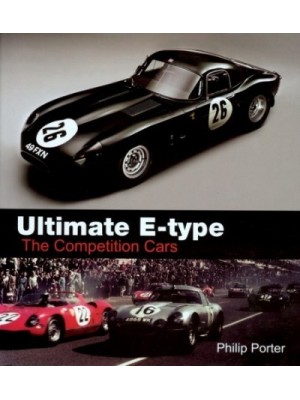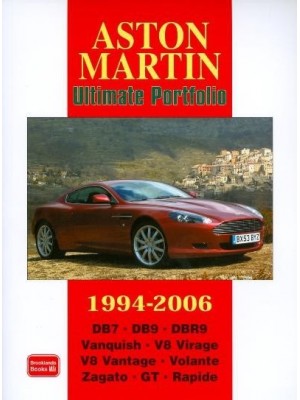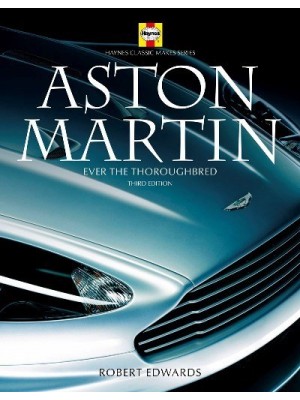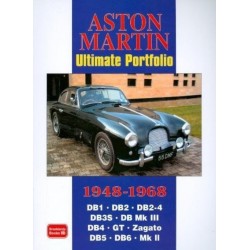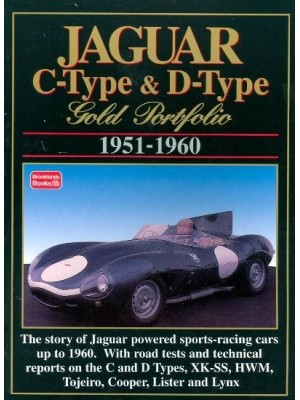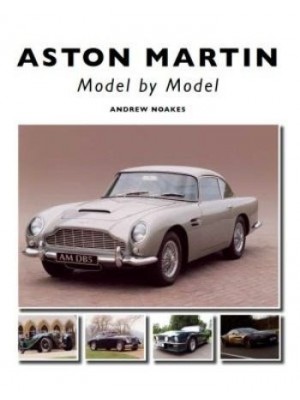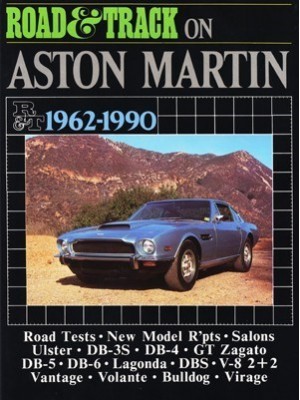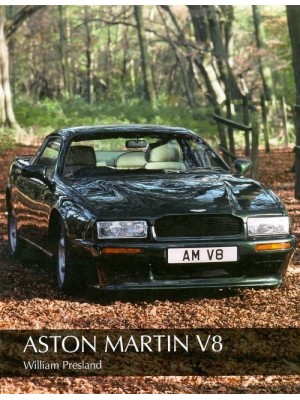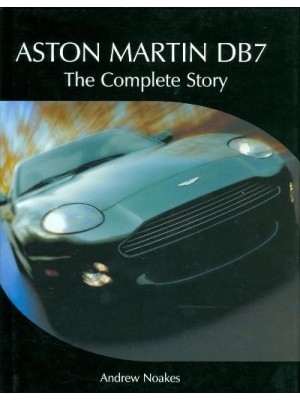Aucun produit
Librairie passion Automobile, 83 rue de Rennes, 75006 Paris (Métro, stations Rennes ou Saint-Sulpice) 01 45 48 15 14
Filtrer les ouvrages
Aston Martin Il y a 40 produits.
-
ASTON MARTIN MANUAL 1921-1958
135,00 € Plus en stock - Nous contacter pour le commanderPlus en stock - Nous contacter pour le commander -
ASTON MARTIN DB2 TO DB2/4 - 1950-1957
22,00 € Plus en stock - Nous contacter pour le commanderPlus en stock - Nous contacter pour le commander -
ULTIMATE E-TYPE - THE COMPETITION CARS
This ultra-stylish book is an in-depth study of a number of the most famous racing Jaguar E-types. Youâll get to see the 12 lightweights, the Low Drag Coupe, E2A, and the early racers, complete with original paperwork and drawings. These are the most valuable, rarest, most charismatic E-types of all. Author Philip Porter, is no stranger to the subject,...
120,00 € Plus en stock - Nous contacter pour le commanderPlus en stock - Nous contacter pour le commander -
ASTON MARTIN ULTIMATE PORTFOLIO 1994-2006
Our fifth book on Aston Martin starts with the introduction in 1994 of the DB7. Many people saw it as a sexed up Jaguar, not a true Aston - also it had a pressed steel body instead of a hand-built aluminium one, and "they plan to make lots of them, cannot be an Aston", and so on. However, it was successful and 7,049 were made which was a fantastic...
29,00 € Plus en stock - Nous contacter pour le commanderPlus en stock - Nous contacter pour le commander -
ASTON MARTIN - HAYNES CLASSIC MAKES SERIES
Fully updated to feature the Vanquish, 007's steed in Die Another Day, here is the story of this elegant survivor of Britain's high-quality, low-volume prestige car market. Robert Edwards, who has owned and restored eight Aston Martins, describes every post-war model. The book includes technical information, buying advice, driving impressions and sidebars...
34,00 € Plus en stock - Nous contacter pour le commanderPlus en stock - Nous contacter pour le commander -
ASTON MARTIN ULTIMATE PORTFOLIO 1948-1968
35,00 € Plus en stock - Nous contacter pour le commanderPlus en stock - Nous contacter pour le commander -
JAGUAR C-TYPE & D-TYPE GOLD PORTFOLIO...
A string of Le Mans victories at the beginning of the 1950s provided an important boost to sales of the XK-engined cars. As a result makers of specialist racing cars created their own racers using the XK engine. Nevertheless the most popular of the XK-engined racers were Jaguar's own, the C-type and D-type. The D-type aroused such interest that Jaguar...
29,00 € Plus en stock - Nous contacter pour le commanderPlus en stock - Nous contacter pour le commander -
-
ASTON MARTIN 1962-90 ROAD & TRACK
20,00 € Plus en stock - Nous contacter pour le commanderPlus en stock - Nous contacter pour le commander -
ASTON MARTIN V8
32,00 € Plus en stock - Nous contacter pour le commanderPlus en stock - Nous contacter pour le commander -
ASTON MARTIN DB7 THE COMPLETE STORY
The car that would become the DB7 began its gestation in 1991. Developed entirely under the ownership of Ford, this new smaller Aston Martin was intended to add a new higher-volume strand to Aston Martin's range, and when the good-looking car was launched in 1993 it soon became obvious that this was sound policy. ...
40,00 € Disponible -
ASTON MARTIN ULTIMATE PORTFOLIO 1968-1980
This, the third book in the series on Aston Martin, records the gradual development of the DBS. This title chronicles the various upheavals that occurred in the company between the years 1972, when Sir David Brown sold the company, its near certain death in 1974, and its revival by the Sprague-Minden-Curtis-Flather consortium. This group took the company...
30,00 € Plus en stock - Nous contacter pour le commanderPlus en stock - Nous contacter pour le commander
